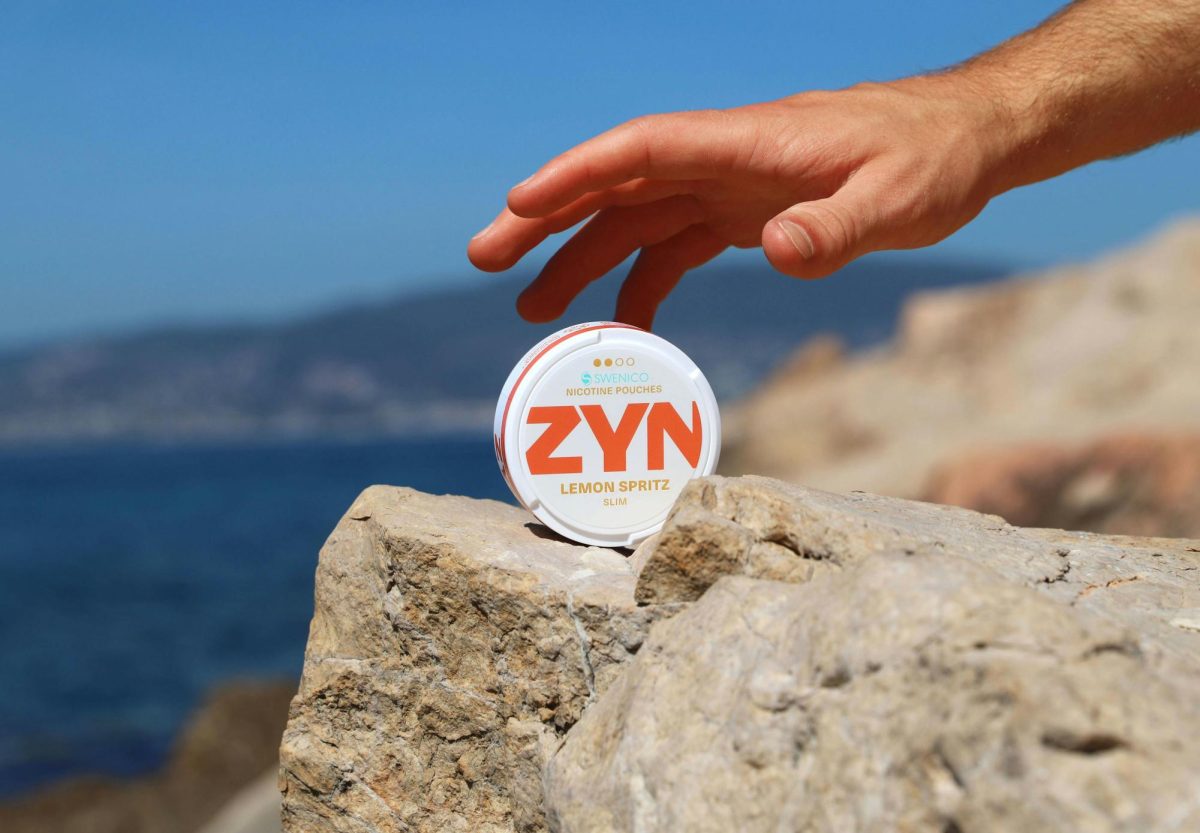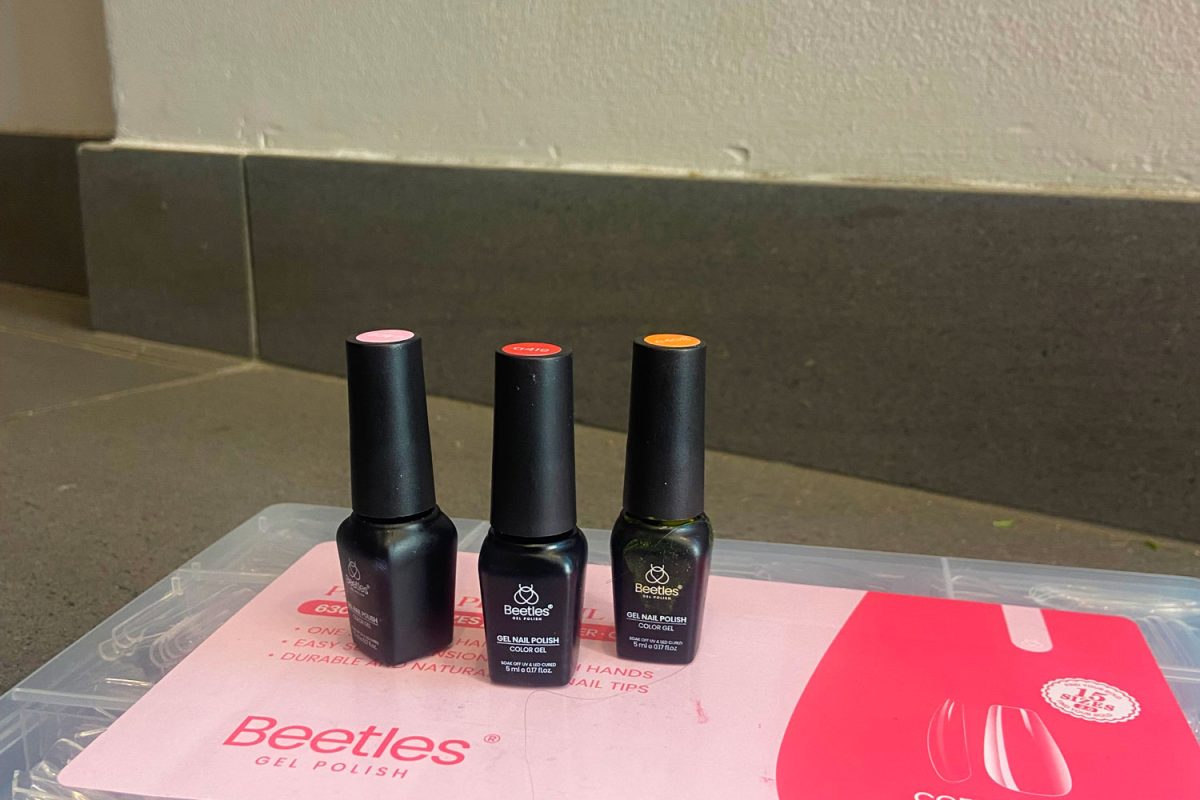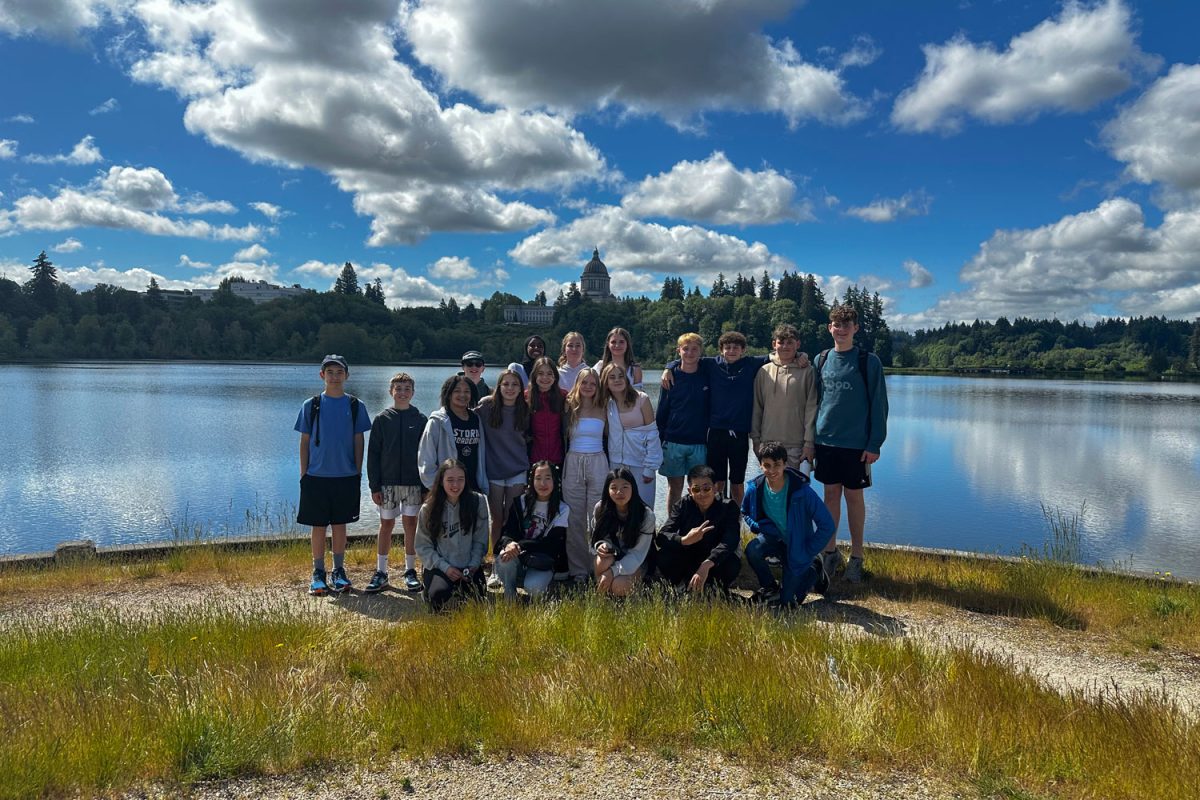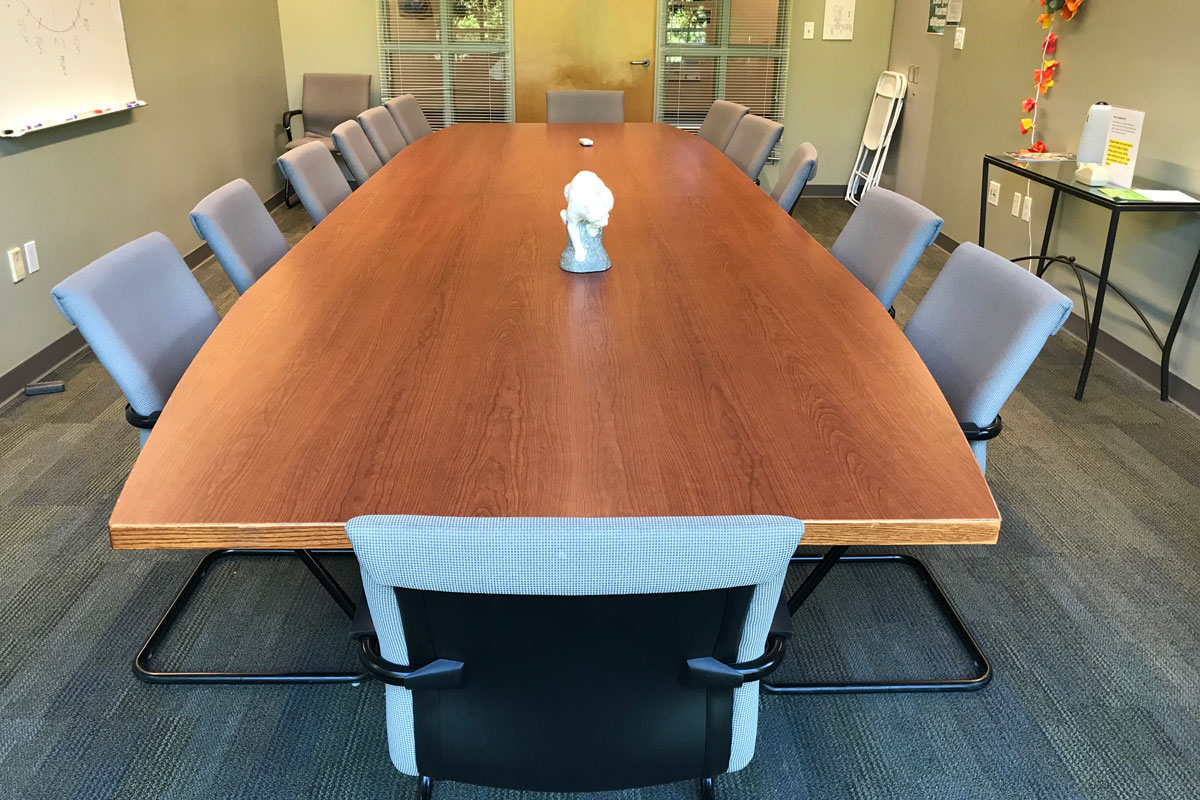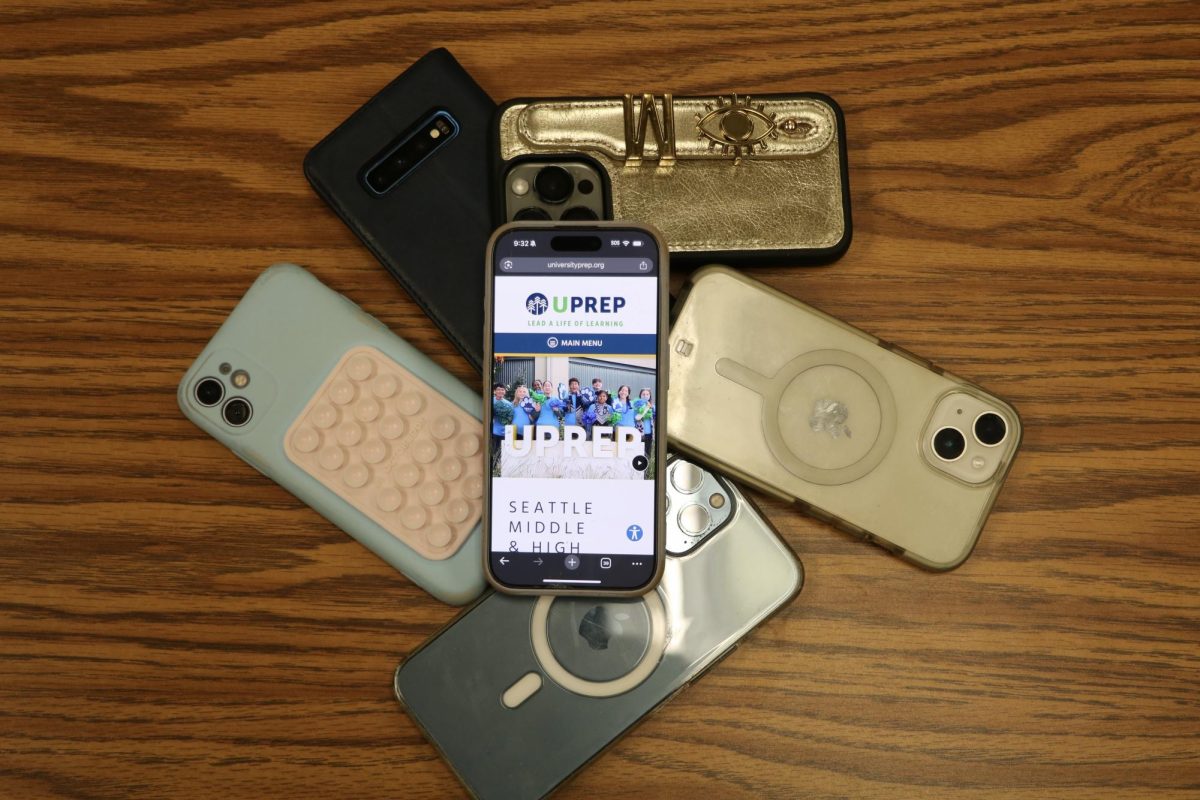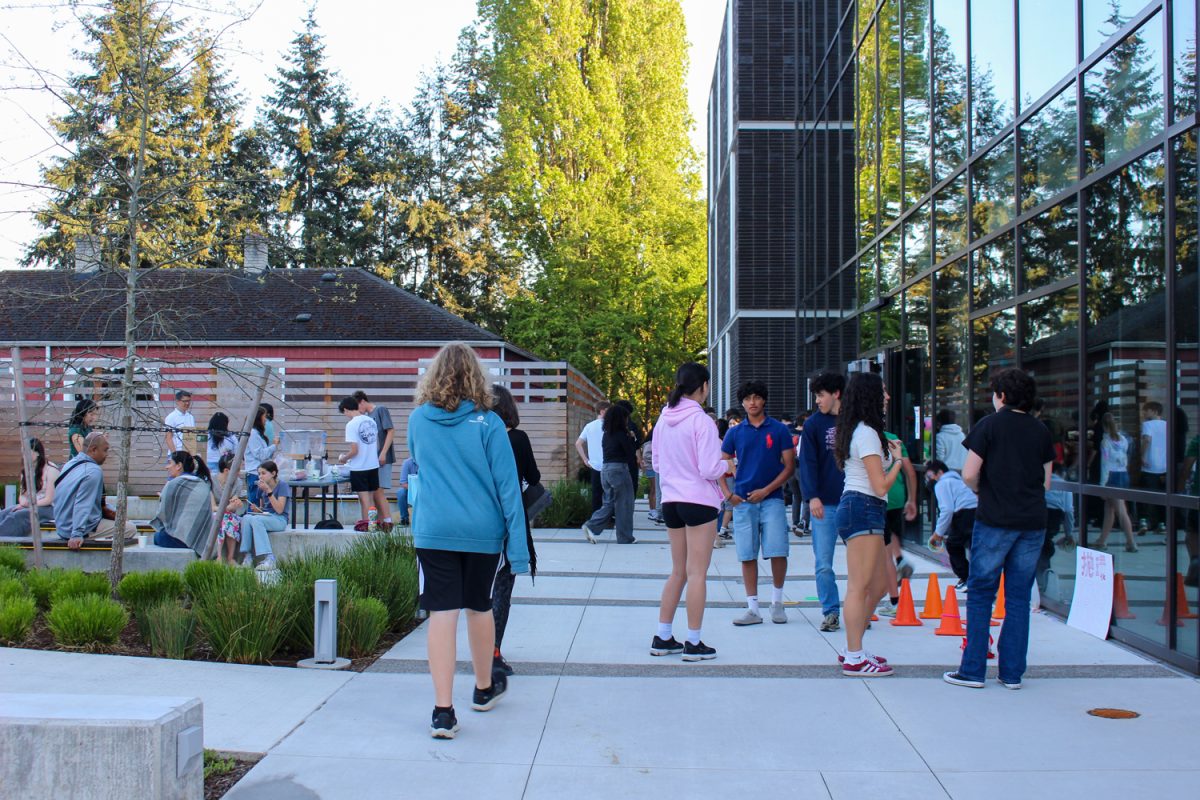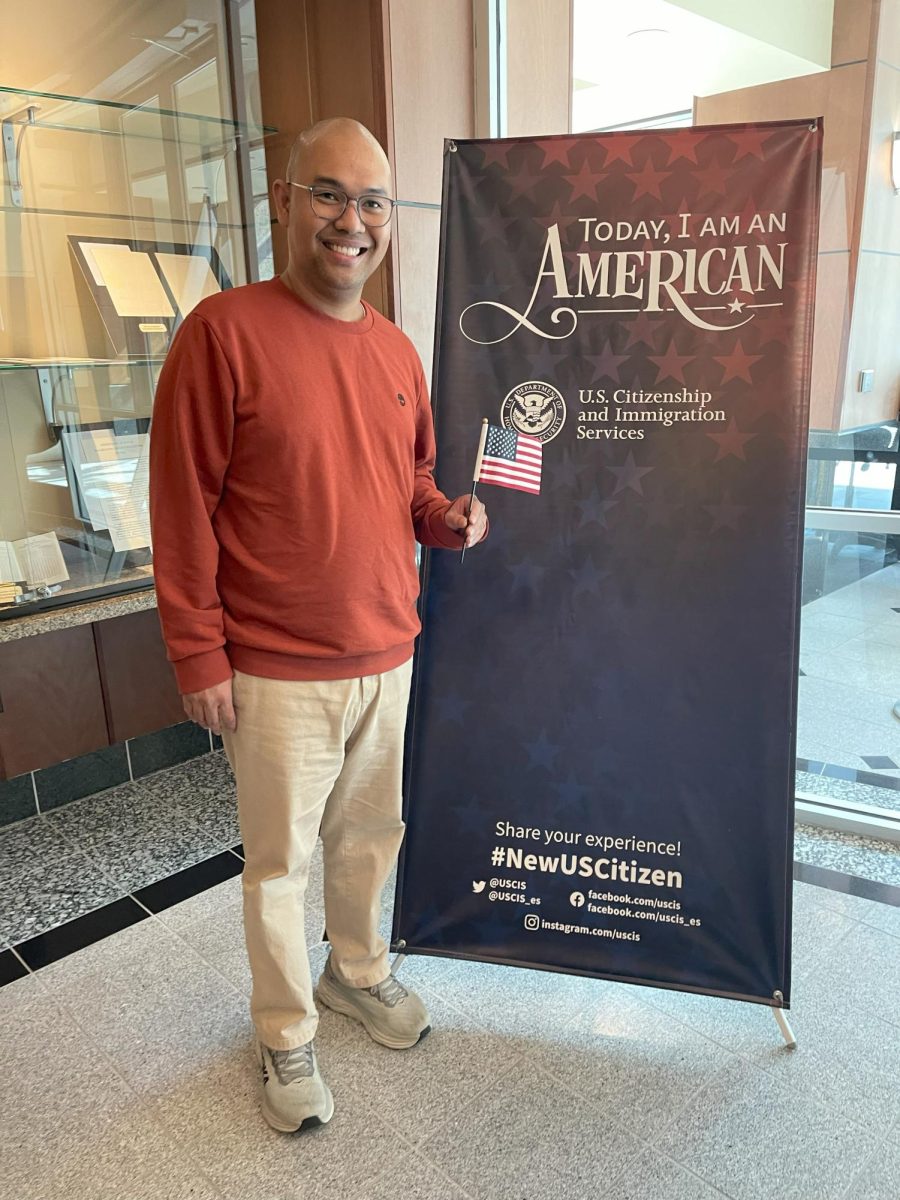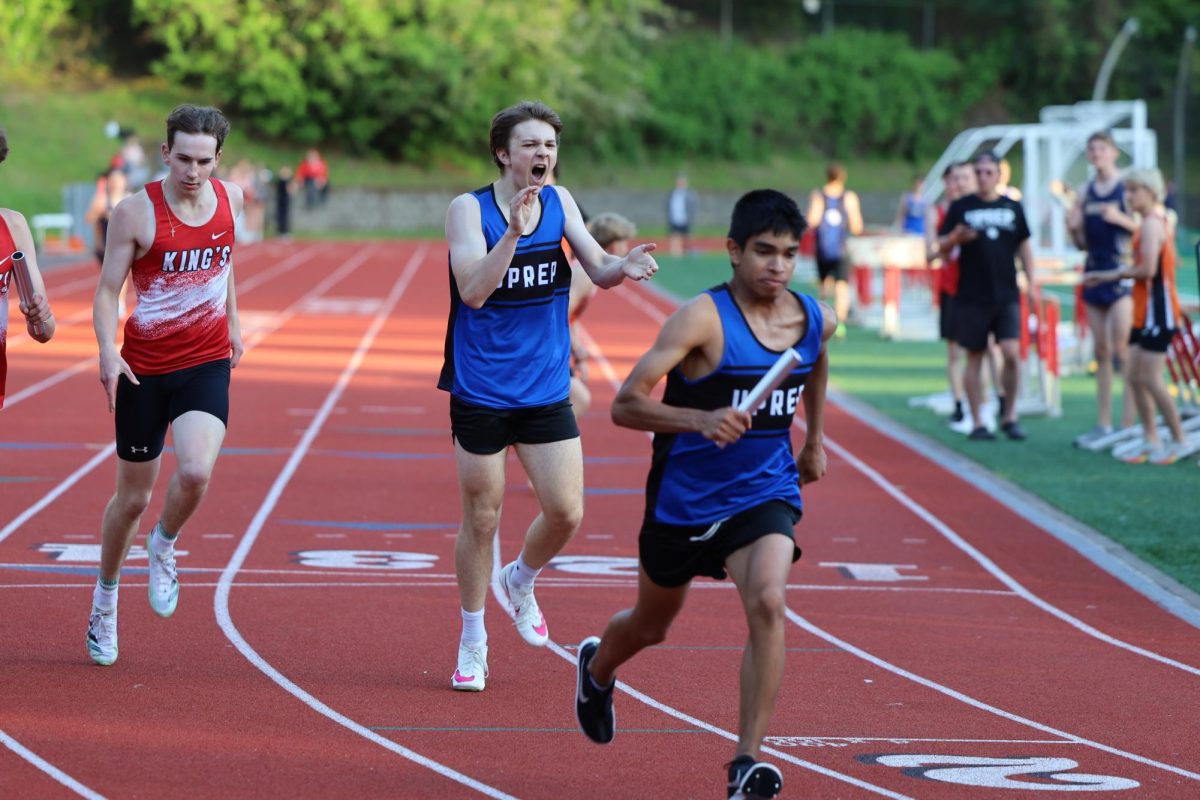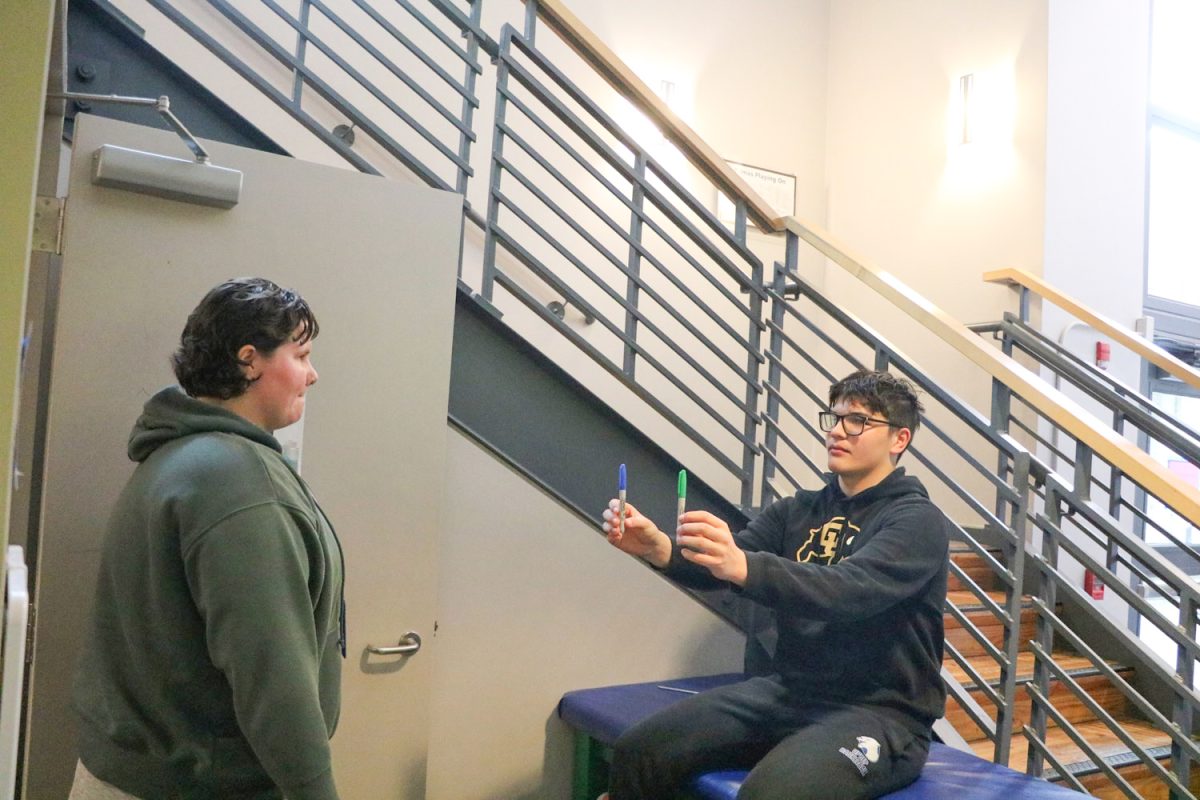Restricted Expression
February 13, 2017
Censorship of artwork creates a division between the Fine Arts Department and the administration
The University Prep website states that the goals of our Fine Arts Department are “inspiring students to take risks” and “connecting the artistic experience to movements in social justice.” However, when students did just that, they were told that their work wasn’t appropriate.
The issue of censorship is complex. Students, teachers and administrators have struggled to find an appropriate answer that fits our entire community. Does restricting student artwork make UPrep more inclusive, or does the censorship leave students and teachers feeling unsupported by the administration?
This controversy began when the the Fine Arts Department started turning its focus to current and sensitive topics. “Students are creating work that’s often difficult and challenging because the topics that they’re engaging are difficult and challenging,” art teacher Dana Bettinger said.
Because of this shift, the controversy over censorship has become more prominent. Last year, art teacher E-chieh Lin’s photography class completed a project in which students were encouraged to express their opinions about issues that were important to them, such as sexual assault. When Lin hung their art in the halls, she was asked to take some of her students’ work down.
Junior Abigail Donner, a student of Lin’s class, produced art about gender equity that involved explicit language the administration found inappropriate and then censored. When Donner was asked to remove her work from the halls, she was frustrated. “The school wasn’t doing what it claims to do. I think the school claims to value social justice, but only as long as it’s convenient,” Donner said.
As a teacher, Lin found the response from the administration perplexing. “[Some of the administrators] seemed to think that I was not going to defend my students,” Lin said. “How would anyone ever believe that I would not defend my students?”
Junior Kiana Ting, who created controversial pieces one of which quoted President Donald Trump’s vulgar language felt similarly. “I felt like the school was saying that these issues aren’t important and we should try to hide and cover them up,” Ting said.
The administration argues that without proper context, art pertaining to difficult topics can easily be misinterpreted. “I would like to have deeper reflection where we challenge our community to look at art and understand it,” Head of School Matt Levinson said.
Members of the Fine Arts Department have found this critique confusing. “With all our pieces we ask students to make an artist’s statement explaining why they’re doing that particular work,” Lin said. “The context is there. It’s the choice of the viewer to read it.”
The administration tries to be mindful of the whole community. “When you open the front door, you want a welcoming space,” Head of Upper School Ken Jaffe said.
Levinson sees that controversial works of art could be inappropriate, especially for younger students. “It’s a constant tension between wanting to support freedom and being mindful that we’re a community of students between the ages of 11 and 18,” he said.
Bettinger believes that art better connects younger students to social justice topics. “I don’t want to underestimate a young person’s capacity to engage that material. A lot of our problems stem from the fact that we don’t openly address these issues.”
Art teacher Ray Yang has a similar view. “It’s not like [students] go away from eighth grade and come back and can totally handle [complex societal issues]. We have to teach them to [understand these topics] and I think that art class is a good space for this,” he said.
The administration is wary that students walking around the school often don’t have a choice to view a provocative art piece. “Spaces where people don’t have a choice to enter have to be thoughtfully adorned,” Jaffe said.
Teachers of the Fine Arts Department think that hanging somewhat controversial art on the walls is a way to get people thinking about important issues. “Art is strongest when it’s engaging personal identity and what’s happening in the world,” Bettinger said. “Having the opportunity to think and create about these issues earlier allows you to develop better critical thinking around things that are super messy.”
Art teachers worry that it can be discouraging to students when the administration limits freedom of expression. “I’ve had students say they’re not sure if they can go down a certain road because they’re not sure if they can hang it up or if there will be repercussions from making the work,” Talbot said.
Even if that was the effect, Jaffe explained that this was not the administration’s intended result. “We certainly don’t want to discourage students from being passionate about social justice and demonstrating that through art,” he said.
On all sides of the issue it’s understood that the conversation around the presentation of provocative artwork is important. “Controversy isn’t necessarily a bad thing,” Bettinger said. “My hope is that we come to those conversations with an open heart and an open mind, and engage them in a way where we look for the best outcome for everyone.”
By Beatrice Cappio and Anna Inghram




